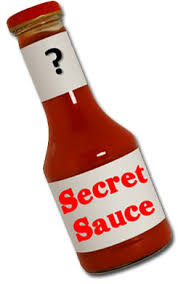Snack Snack. Who’s There?
Mondelez International has a new line of snack foods called “Good Thins.” I suspect the name cost close to a million dollars to develop yet it is quite wan. It feels like it’s been around for years. Mondelez is a smart company with some seriously smart marketers, but this name says bup.
Snacks are a $6B business. Salty snacks a huge chunk. Everyone is trying to replace bad-for-you with good-for-you snacks but it’s hard to find things to replace chips, pop-corm and chocolate infused goodies. Smart Thins are innovative in that they have offerings contain garlic, sweet potatoes, rice, spinach and other healthier ingredients – and the thin profile keeps calories down and snap/crunch up. Perhaps these goodies can help quench some of America’s need for salty snacks, but the name is going to hinder sales growth.
Abbott Laboratories, is launching a new line of snack products called “Curate.” (Labs guys.) The NYT says these products will contain “flavor combinations like fig and balsamic vinegar, and apricot and Marcona almond.” This feels like a better way to go, in that it at least has a specific regional ingredient slant as opposed to a haphazard grocery store shelf profile, but the name is goofy.
The snack business needs a big punch in the gut. It feels like there is movement but as is the case with Just Mayo, it needs a new innovative champion brand in the category. Who will step up? And let us not forget the all-important name.
Peace.

